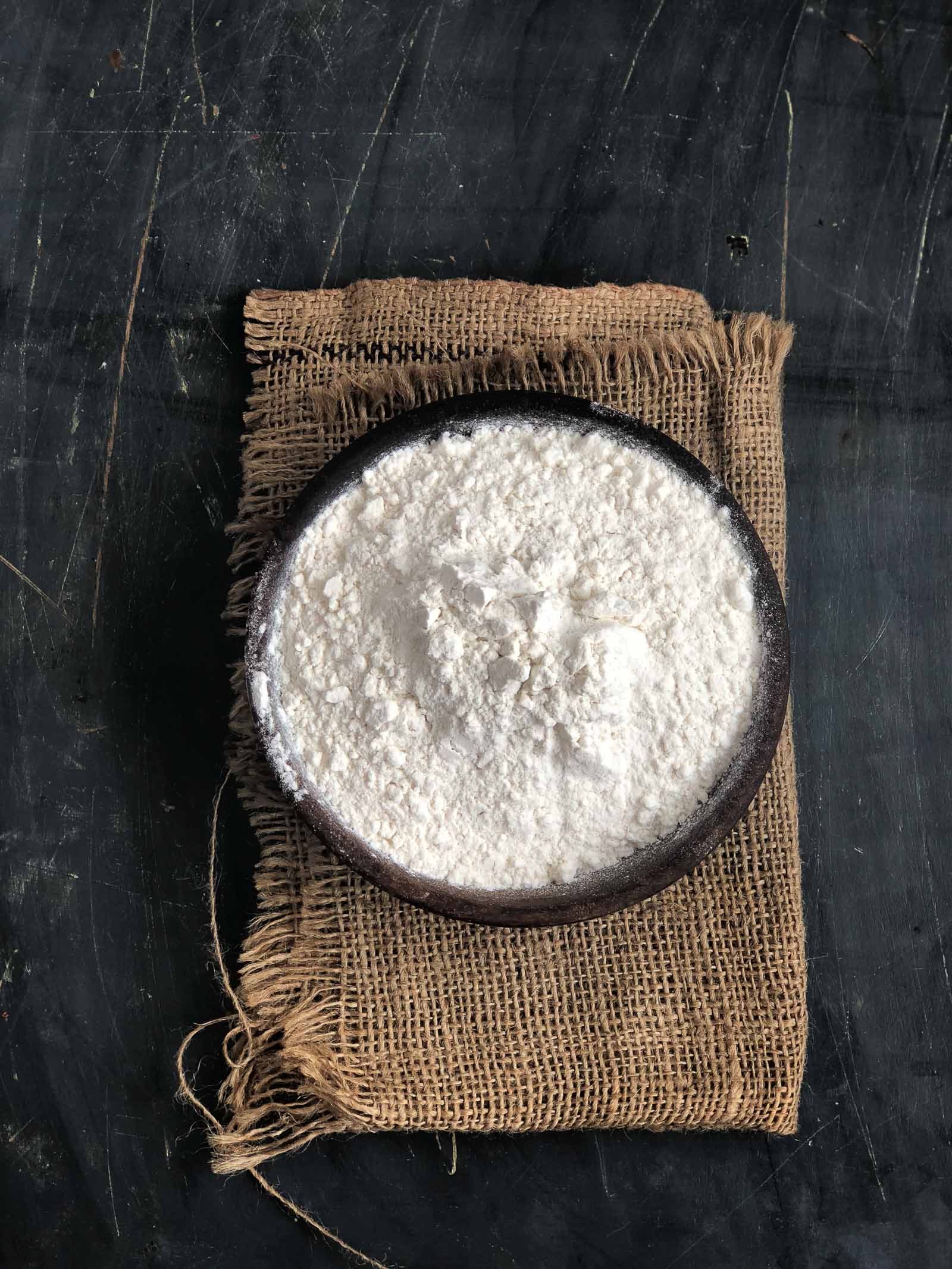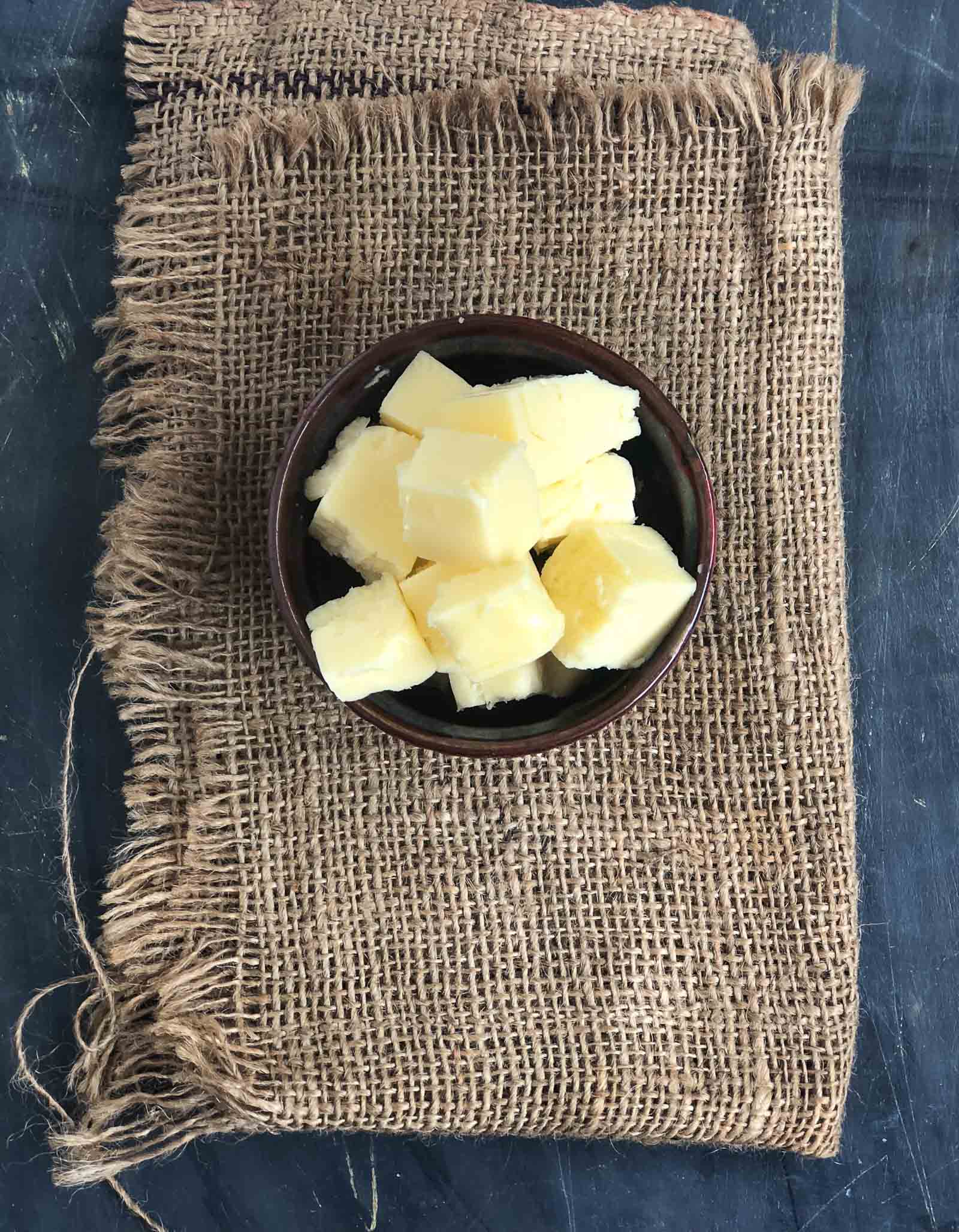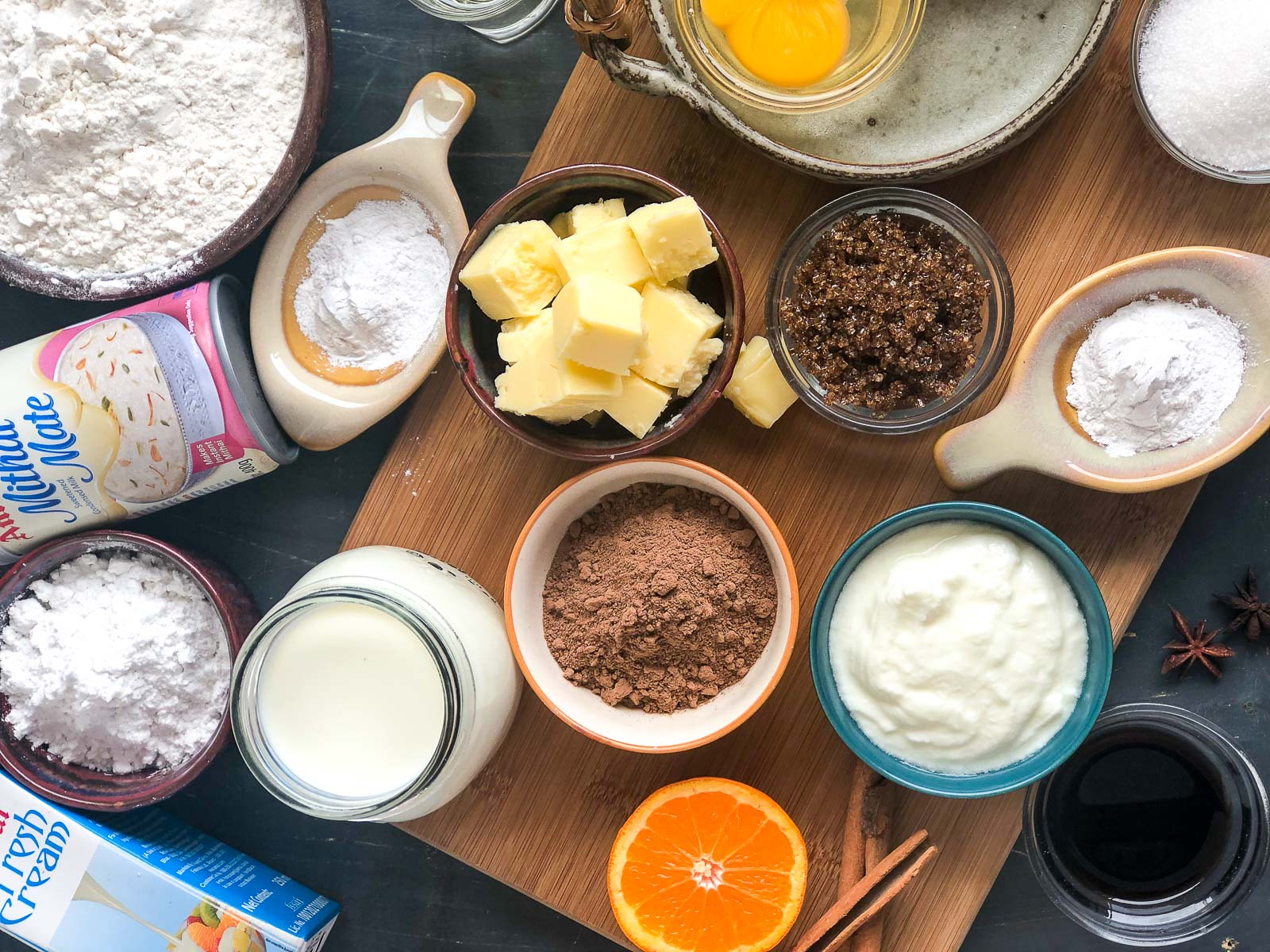Baking is something most of us love, be it watching someone do it or even better when we have to get our hands dirty in the kitchen. To get started, we need some basic ingredients handy to whip up, even the easiest of recipes, so here is a list, that will help you out.
1.All purpose Flour & Other Flours
The heart of most baking recipes is flour, popular as all-purpose flour, and locally known as maida. Available as branded packages and sold loose by the kilo in kirana stores and supermarkets. Maida is made by the process of skimming the bran and husk off the wheat flour, taking off the fibre content, leaving you with a fine, smooth flour. Using good quality maida is a must, as it is an important ingredient in your recipe. Many times, maida/all-purpose flour is confused for self-raising flour. While maida is just the flour all by itself, self-raising flour is mixed along with raising agents like baking powder and a dash of salt added to it. Like we all know following the recipe diligently is the key, as baking is a science. Use all-purpose flour as mentioned in your recipes.
2. Butter
Adding richness and texture to our soft, buttery, flaky bakes, be it cakes or pastries like – shortcrust pastries, butter is what brings it all together. Store bought butter works best, be it Amul butter or President butter is great to use. Although unsalted butter works best for bakes, using salted butter doesn’t hurt. The salt present in the butter when added to the recipe, brings out the flavours beautifully.
3. Oil
Oil is the used many a times, in place of butter, to replace the fat content in the recipe. Oil is used in cakes and sponges, that is light, due to the eggs resent in it, and which don’t want to be pulled down by the heaviness of the butter
4. Castor Sugar
Superfine processed sugar, that has finer granules, works well when combined with butter or eggs. The superfine texture helps give you your desired texture required for the recipe, when compared to the regular sugar crystals that don’t melt easily ruining the composition of the recipe.
5. Brown Sugar
Sugar crystals that are less refined and still have a coating of dark molasses on them is essentially brown sugar. It is best used in tea cakes and cookies, that taste earthy and rustic with the brown sugar flavour and texture.
6. Icing Sugar
Icing sugar is a mixture of powdered sugar along with some cornflour. It is also known as confectioners sugar. Icing sugar and sugar are often mistaken for each other and can't always be used interchangeably. Icing sugar is used in making butter creams, which help give the frosting a good body and many a times used in cookies, to add to the texture of a crispy- crunchy cookie.
7. Cocoa powder
A by-product in the process of extracting all the essential elements of a cacao pod, cocoa powder is the last extract of the pod. Cocoa powder is bitter in taste, yet adds flavour and colour to the bake. Available in two variants, light cocoa powder and dark cocoa powder, the only difference is the tint of the cocoa- light or dark, use it based on the recipe you are making and the end result you are looking for. Hershey’s, Cadbury’s are good brands to use.
8. Chocolate
An oh so versatile ingredient, chocolate is used in various forms, chocolate chips, chocolate chunks, melted chocolate used in cookies, cakes, pies, tarts. There are two major variants of chocolate: - Compound, is where the cooking chocolate bar is made using oil, as the fat content. - Couverture, is made used pure cocoa butter, making it a complete package of pure edible chocolate made from the cacao pod.s
9. Thick Heavy Cream/Cooking cream & Whipping Cream
Rich cooking cream, with high-fat content is required to bring out the best from the recipe in which cream is used. Cooking cream is different from whipping cream. Cooking cream is a dairy-based product with 25% of fat. Amul cream is a popular brand that holds good in almost all recipes. Used in cheesecakes, custards, ganache and the like.Whipping Cream is usually a non-dairy one, where the cream is essentially made of a soy base. The fat content of the whipping cream used should be more than 30% to give you the fluffy whipped cream. Whipping cream is used to frost cakes, used in eggless desserts and as toppings to serve some of the desserts. This cream is usually a non-dairy one, where the cream is essentially made of a soy base. The fat content of the whipping cream used should be more than 30% to give you the fluffy whipped cream. Whipping cream is used to frost cakes, used in eggless desserts and as toppings to serve some of the desserts.
10. Milk
The liquid ingredient, that gives you the perfect consistency to your recipe, like that of cake batters or brings moisture to the dish like that of short crust pastry. Using whole milk for baking is always a good idea. Milk is also used to wash breads and pies instead of eggs, for eggless recipes.
11. Yogurt/ Butter Milk
Yogurt is many a times used as a substitute for eggs in a particular recipe to make an eggless version. It is also added to baking recipes, to bring up the level of acidity required in a recipe to react with the baking soda for leavening. Yogurt and buttermilk make the bakes moist, and tender. It maintains the moisture level even after the goods are baked. They enhance the texture of the bakes, giving it a lovely velvety mouthfeel.
12. Condensed Milk
Whole milk, reduced and sweetened, Condensed milk, is absolutely thick and yummy, that is available in tins, popular from the brands called Nestle Milkmaid and Amul Mithaimate. It is used to sweetener recipes, as well as improvise on the texture. Many times, it is used as a substitute in eggless recipes.
13. Eggs
Natural raising agent, eggs not only add volume to the recipe, the yolks add richness to the recipe. Its always a better idea to use pasteurized packaged eggs, as they are better in quality and enhance your product.
14. Flax meal egg replacer
An alternative to eggs, to make your recipes vegetarian or vegan. This healthy replacement, ensures the recipe turns out just as well as it would with eggs. Flax seeds are ground long with water in a predetermined proportion, rested and used in the recipe. Things couldn’t get easier than this.
15. Baking Powder and Baking Soda - Leavening Agents
They are both leavening agents, while baking soda is just baking soda by itself, baking powder has baking soda and cream of tartar mixed in it. They both have unique roles and are used differently in different recipes.
16. Salt
Salt is added to baking recipes, to enhance the other flavours present in the recipes. Salt helps balance the sweetness in cake batters or cookie doughs. A pinch of it is all you need in sweet bakes. In breads, and savoury bakes, salt is not just added for taste but it also helps control the rate at which the yeast grows when combined with flour in a recipe.
17. Extracts/ Essences, Flavouring Agents & Spices
Various kinds of flavouring agents are used in baking, from, the most popular one being Vanilla Essence, and other agents like Extract, which is often a pure extract from the fresh ingredient. Other flavouring includes, fresh lemon zest or orange zest. Whole spices, lend great aroma to the dish, like cinnamon, star anise, nutmeg to name a few.



























